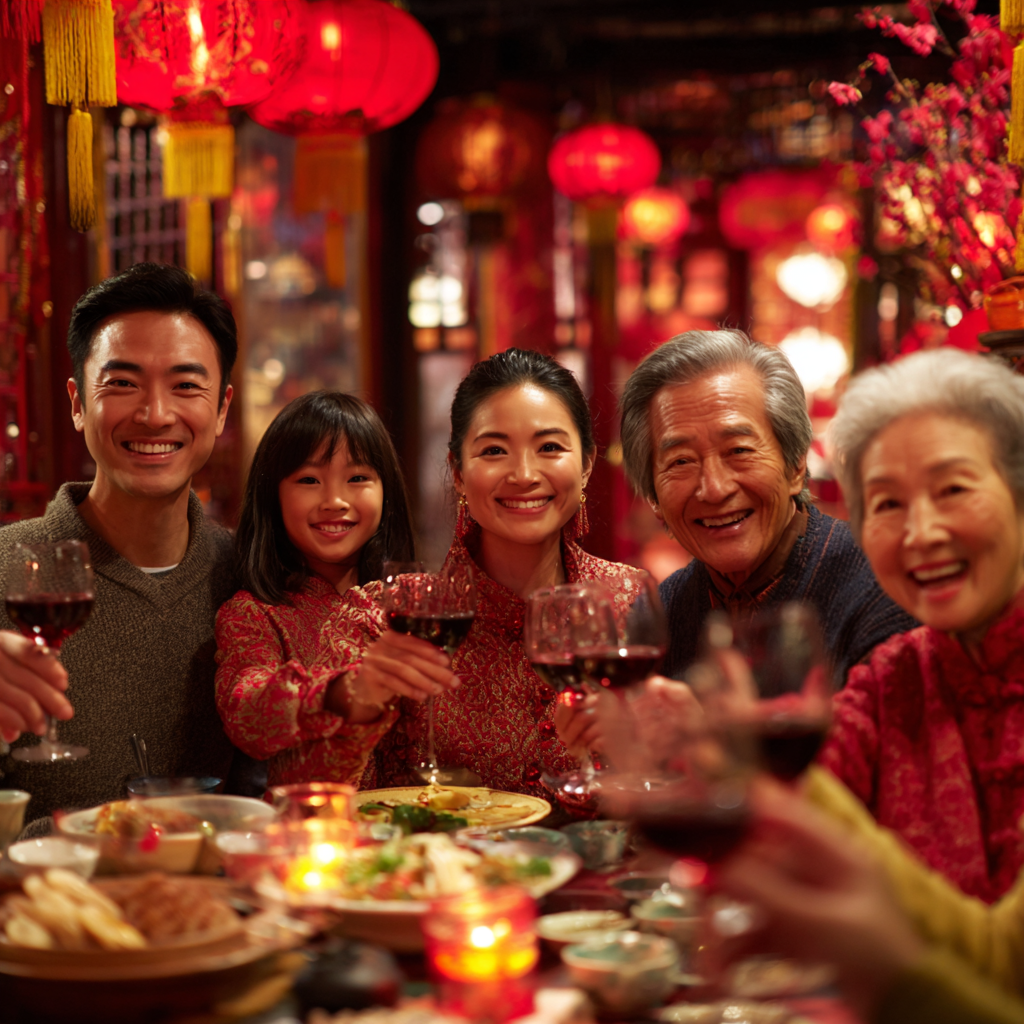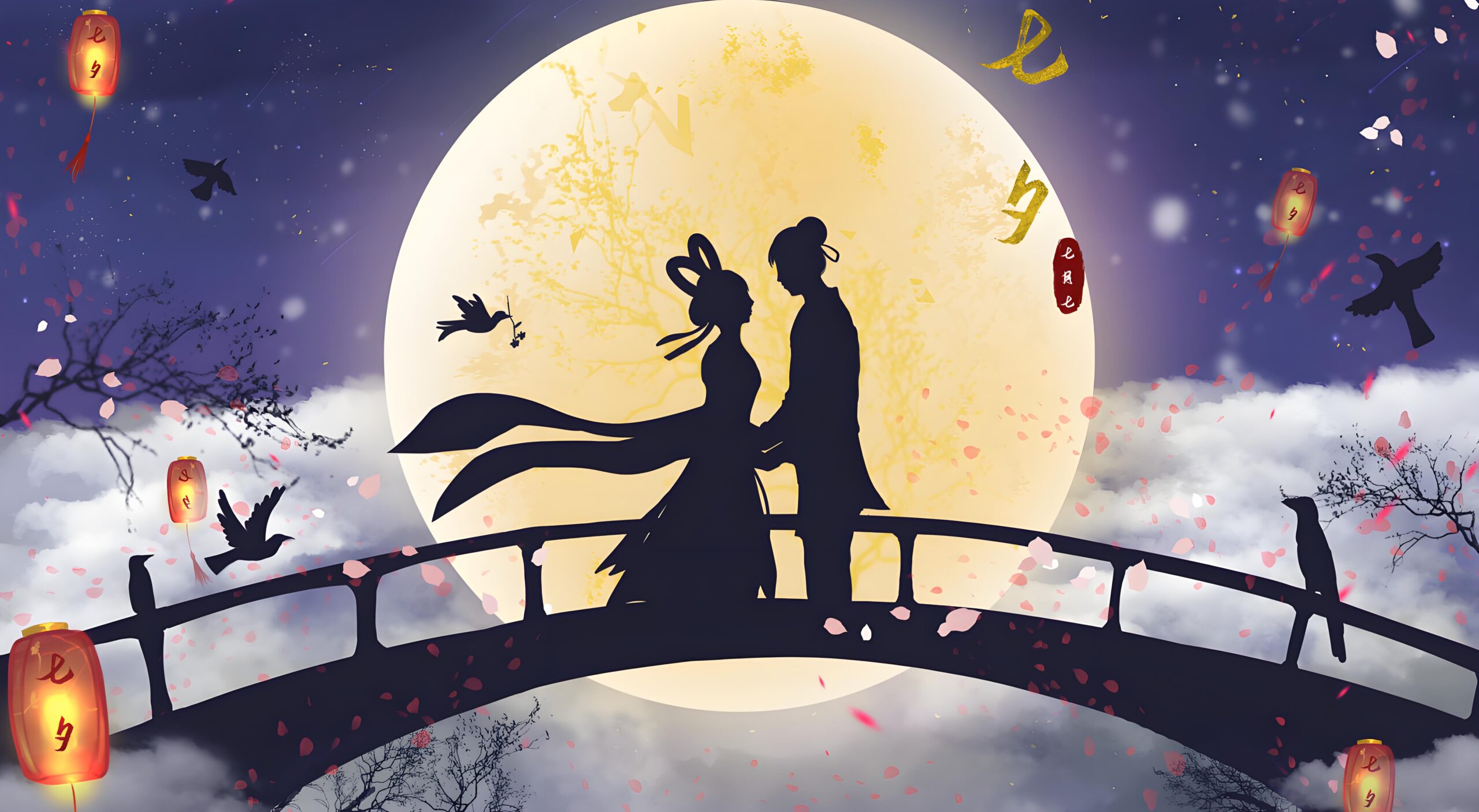Introduction: When China’s Valentine’s Day Meets Modern Business
In today’s fast-moving global market, we do more than manufacture packaging machinery. We also share the stories behind the culture we come from.
When you work with us, you’re not only investing in cutting-edge technology. You’re also opening a window into the heart of Chinese tradition.
So today, let us take you on a cultural journey. Let’s explore the Qixi Festival — an ancient celebration of love, creativity, and connection.
1. A Love Story in the Sky: The Origins of Qixi Festival
Stars That Sparked a Legend
Qixi, also called the Double Seventh Festival, has roots in ancient stargazing traditions. Over 2,000 years ago, people began noticing two bright stars — Altair and Vega — that faced each other across the Milky Way each year on the seventh day of the seventh lunar month.
At first, these stars were simply part of the night sky. However, over time, they inspired legends filled with imagination and emotion.
From Astronomy to Mythology
By the Han Dynasty, these stars had been personified into Niulang (the Cowherd) and Zhinu (the Weaver Girl). Their story became one of China’s most famous love tales.
They fall in love, marry, and build a life together. But as a goddess, Zhinu was not allowed to love a mortal. The heavens separate them, placing them on opposite sides of the sky.
Every year, a bridge of magpies forms across the Milky Way. It allows the lovers to reunite for just one night — the night of Qixi.

A Cultural Gem
This story became part of China’s Four Great Folktales. Today, Qixi is recognized as a national intangible cultural heritage, reflecting the deep emotional roots of Chinese storytelling.
2. When Is Qixi? A Special Night on the Lunar Calendar
The Double Seventh
Qixi always falls on the 7th day of the 7th lunar month. In Chinese culture, the number seven holds spiritual meaning. It’s tied to balance, harmony, and the cycles of life.
The double “seven” is seen as lucky and meaningful — especially when tied to love.
A Season for Love and Wishes
This festival arrives at the end of summer, just as the skies begin to clear. It’s the perfect time to observe stars and share stories.
In addition, this season also marked the time when fruits ripened and girls practiced needlework and embroidery. These customs gave Qixi both cultural and practical significance.
3. What Qixi Represents: Love, Skill, and Tradition
Qixi is more than a romantic holiday. It celebrates values that still hold meaning today — especially in the Chinese way of life.
True Love That Endures
Niulang and Zhinu symbolize devotion, loyalty, and resilience. Their yearly reunion shows us that true love waits, even across galaxies.
As a result, Qixi is often called the Chinese Valentine’s Day — a celebration of timeless love.
The Beauty of Skill and Wisdom
Besides love, Qixi honors the power of skill and creativity. In ancient times, girls would pray to the Weaver Girl to gain fine sewing and weaving abilities.
They would thread needles under the moonlight and hope for inspiration. This tradition gave rise to the name “Festival of Weaving and Crafts”.
A Wish for Marriage and Happiness
Qixi is also known as “Daughters’ Day.” In the past, young women would wish for a good match and a happy marriage.
Even today, Qixi is a popular day for weddings and proposals in China.
A Reminder of Family and Reunion
Though the story centers around separation, it also speaks of reunion — even if brief. The magpie bridge reflects our longing for family, home, and connection.

Conclusion: A Cultural Bridge Across Borders
Qixi Festival is more than a myth. It is a mirror of Chinese values — love, skill, harmony, and hope.
We believe stories like this are worth sharing. Because beyond machines and technology, business is about understanding and connection.
Thank you for walking with us through this ancient tale. We hope it adds warmth and meaning to your understanding of China — just as your trust adds value to our shared journey forward.


